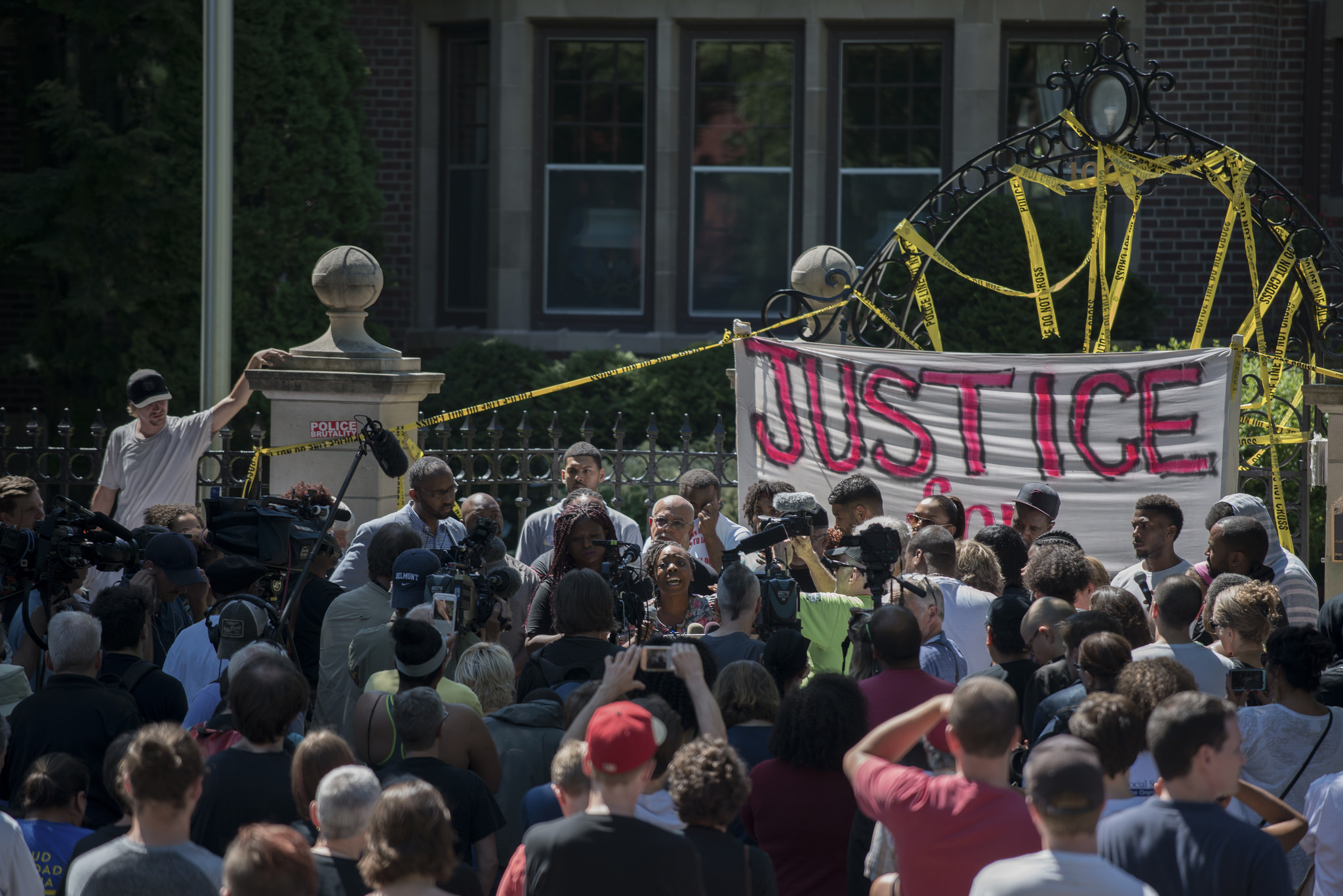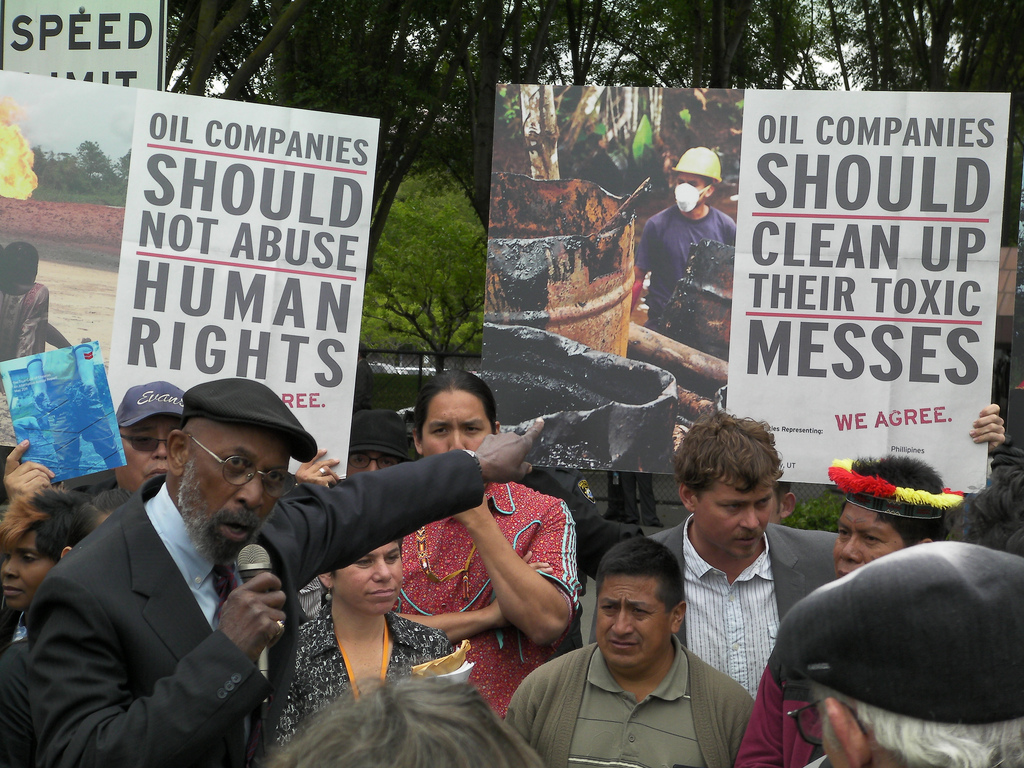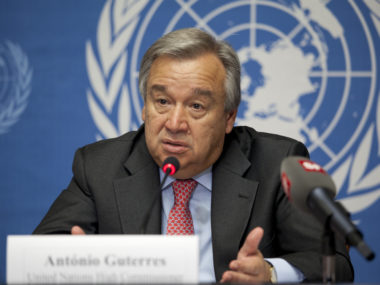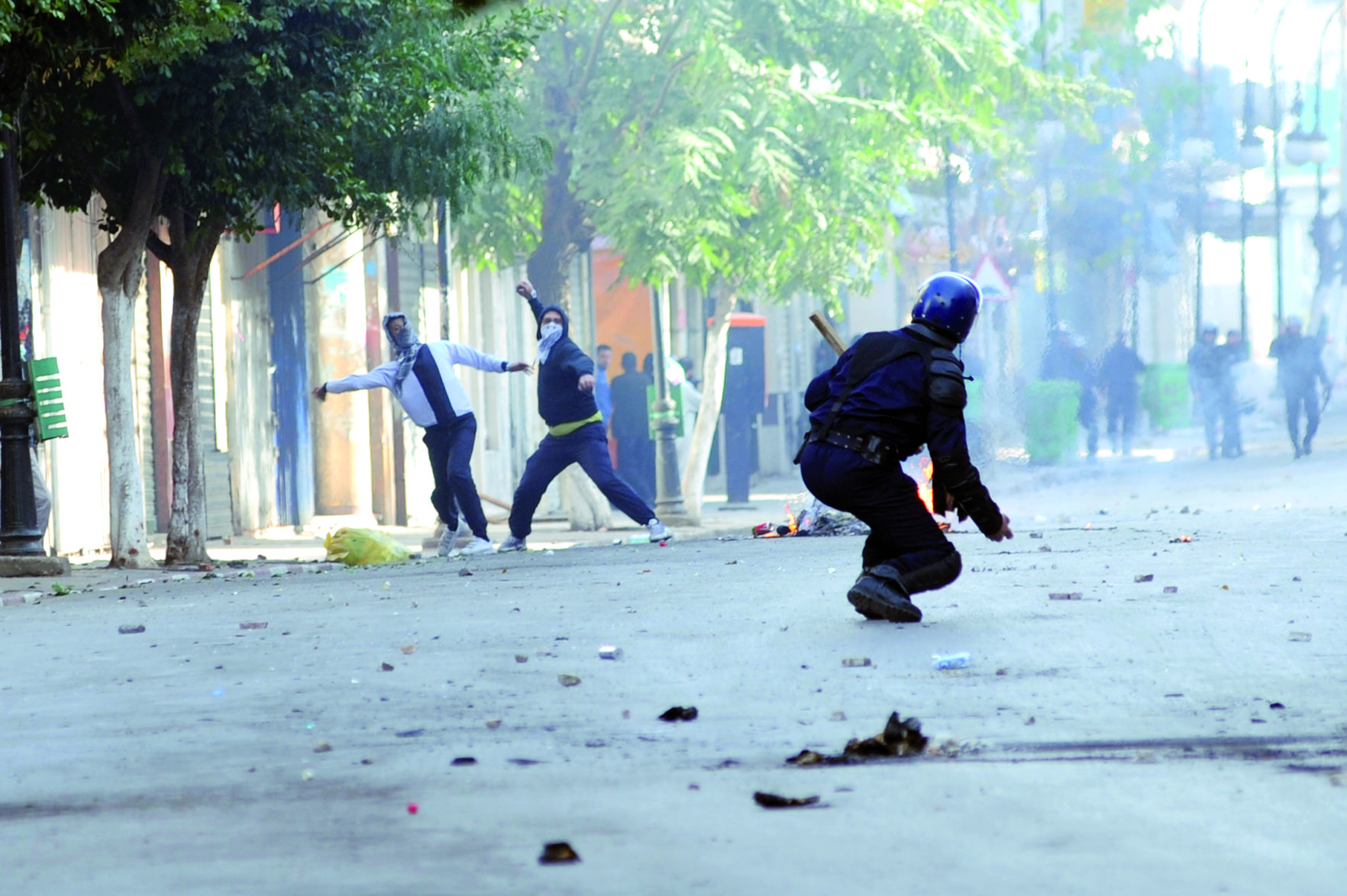By Navin Bapat.

Is the United States waging a war against its African American population? Most would likely dismiss such a suggestion. However, imagine what we would think about another state whose institutions are dominated by a majority with a history of slavery and overt discrimination against a minority group. In present day, the minority group is overrepresented in the state’s prison system, has nearly twice the unemployment rate of the majority, and has considerably less wealth. Since the start of 2013, the state’s security forces killed over 1,000 members of the minority group. These observations would lead most of us to strongly consider the possibility that this state is in some form of armed conflict, perhaps state failure or civil war. However, many do not consider police treatment of African Americans to be ‘war.’ But we should not ignore large-scale police violence against any minority community if we are studying conflict scientifically. So let us examine the evidence.
A civil war is typically defined as a political conflict involving at least one non-state actor that creates at least 1,000 fatalities in a one-year period. These conflicts are fought over control of the center, to alter a policy, or for separatism. We can examine each of these components to see if the US case qualifies. First, is the conflict political? If politics is defined as the social use of power, certainly. Few may see it that way, but the fact is that police systematically search, arrest, and punish African Americans more than whites. In 97% of the police killings in 2015, no charges were brought against the offending officer. This indicates that the justice system is more likely to privilege the word of police officers over empirical evidence. If the judicial system seeks to protect itself in this way, and continues to incarcerate African Americans at higher rates than whites, it is easy to draw the conclusion that the system aims to maintain the majority’s social, economic, and political domination, or at least it would in any other context. Further, few politicians even notice the disparity in policing until high-profile cases occur, and after these cases, nothing gets done to make any meaningful changes to the status quo. Clearly, there appears to be two sets of laws, and politicians appear disinclined to alter the status quo given their desire to be perceived as tough on crime.
However, the characterization of this conflict as a civil war falls short on two dimensions. First, based on recent data on the use of force by law enforcement, it took three years for various police to kill over 1,000 African Americans. Although that isn’t terribly comforting, it falls below the threshold, which requires 1,000 deaths in a twelve month period. Second, it is difficult to identify an organized non-state group within the African American community that serves as the ‘rebels.’ We might naively consider the National Association for the Advancement of Colored People (NAACP), but this organization is mainly pursuing the incorporation of blacks into the polity. Some politicians are now eager to blame Black Lives Matter for the violence, though there is almost no credible evidence that this group advocates for or uses violence. In short, there are few clear, organized actors that can be counted as the ‘rebels,’ so again the definition of a civil war against African Americans falls short.
But this should give no-one comfort. If police violence produces twenty-five civilian deaths per year, we might better characterize this case as an instance of One-Sided Violence. The definition of One-Sided Violence is: “the use of violence by the government of a state or by an organized group against civilians, which results in at least 25 deaths. Extrajudicial killings in custody are excluded.” Notable perpetrators include Guatemala, Serbia, Croatia, Russia, Uganda, Sudan, Rwanda, Burma, Ethiopia, and Bahrain, among others. Have American police killed 25 African Americans over the last two years? Yes. 299 in 2013, 301 in 2014, and 346 in 2015. Is the violence perpetrated by the state? Since these are police killings, yes. As uncomfortable as this may make us, the US is in the company of other perpetrators of state terrorism, which certainly isn’t something to be proud of.
I don’t doubt that many will still be skeptical of characterizing the situation faced by African Americans in this way. It is possible that the rules that define an episode of state terror can be interpreted differently. That is what the scientific debate should be about. However, there is one aspect of this that should not be in debate. The fact that it is even possible to raise the discussion of whether or not the US is engaged in a campaign of one-sided violence against African Americans means that police violence against this community is both shameful and deplorable beyond any words I can express. Many prefer to see the US as the shining city on the hill, a model of exemplary democracy and protection of human rights, and the champion of liberal international order and the democratic peace. However, if we examine the evidence, police treatment of African Americans puts the US in terrible company. The individual cases of Freddie Gray, Eric Garner, Tamir Rice, Alton Sterling, and Philando Castile are all horrific individually. What is also horrific is that these killings are normal in terms of American policing. Perhaps we should look in the mirror before giving ourselves too many pats on the back.







8 comments
Interesting analysis. I didn’t know about these definitions (e.g. for civil war and one-sided violence) before. One problem that comes to mind, though, is that it doesn’t account for the size of the polity. The USA is a nation of over 300 million people. Is it reasonable to say that 25 (or 1000) deaths in a year has the same meaning in a nation of 300 million as it does in a nation of of 1 million (like Bahrain)?
Interesting analysis. I liked learning about the definitions for civil war and one-sided violence.
However, one problem with them that I can see is that they don’t account for the size of the polity. Is it reasonable for the definitions to consider equally meaningful 25 (or 1000) deaths in a year in a country of 300 million people (like the USA) and a country with 1 million people (Bahrain)?
If it is a civil war, it seems to be one in long term decline. http://www.cjcj.org/news/8113#.V4N_cpKQfL0.facebook
There is also the elephant in the room: the much higher rate of homicide among the black population in the US. US police forces kill too readily, a widespread problem which impacts particularly strongly on black America because they are much more likely to have inherently fraught interactions with the police. There is a reason police (of whatever colour) tend to be particularly fearful of young black men.
http://qz.com/556988/here-are-four-charts-on-race-and-murder-in-america-to-tweet-back-at-donald-trump/
I think you need to look at the class-war aspects of the situation. If what I read is correct, the police kill rate is about as high for poor White people as it is for Black people of the same economic class. This is a point that often seems to be elided, but I think it’s important since it suggests a way out of the pit of competing tribalisms.
Anarcissie, I don’t think this can be shown, because the data isn’t specific enough, and generally doesn’t breakdown on class. But yes, when you account for socio economic position (and region etc) the disparities more than likely still show a racial bias, but less one than often claimed.
“Few may see it that way, but the fact is that police systematically search, arrest, and punish African Americans more than whites. In 97% of the police killings in 2015, no charges were brought against the offending officer. ”
Is That 97% across all cases, regardless of race? If so then that surely shows a more general problem, and the previous sentence implies it’s a specifically African American one.
I don’t think the 1000 figure goes very far to deciding whether there is a “civil war” in.the United states. More whites are killed by the police than African Americans, but a smaller proportion of the overall white population. If the amount of unarmed white people killed by the police tops 1000 in a calendar year, is that civil war? Of course not. And if you broke down that white category more, accounting for class, region, cultural background, you could probably make a strong case for a disenfranchised, oppressed and disproportionately discriminated against white subgroup.
This isn’t to say there’s not a clear, empirically supportable, set of burdens that fall disproportionately on African Americans in the United States, but it’s a long way from that reality to the implication in the OP that the United states govt is at war with its black population.
The analysis leaves out a critical component of definitions of civil war — namely, what counts as a “battle-death.” For the UCDP, this requires the fatalities to be directly suffered in some sort of armed fighting. While this definition includes civilians, it limits its count to those killed in the war zone, e.g. in the cross-fire. So most police killings in the US probably don’t count unless there was armed resistance and a shoot-out on both sides. For COW, civilians are excluded entirely and only military (combatant) fatalities count. Of course, without an organized rebel movement there can be no battle-deaths under this definition. But even imputing organization to the “other side” in this violence, there are few armed combatants aside from the police. There may be battle-deaths, but not very many of them. Finally, the COW definition also requires effective resistance by the rebels, either because historians judge them to be armed and prepared for violent conflict before the onset of the civil war, or because despite the absence of such organization and preparation, the weaker side is able to inflict at least 5% of its own battle-deaths on the stronger side. So there is some considerable distance between political violence in the United States and civil war by any definition.
The one that intrigues me is Mexico’s drug war, especially during its most lethal years. There may well have been all of the things required of a civil war, but we have no way of disentangling the fatalities and armed groups right now.